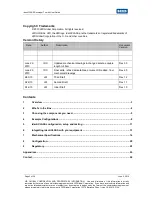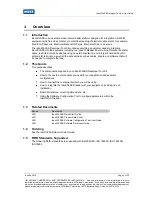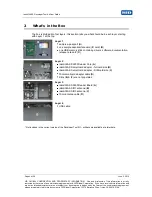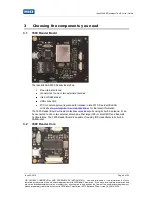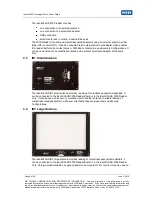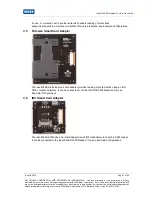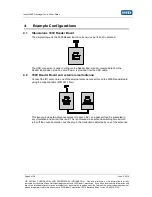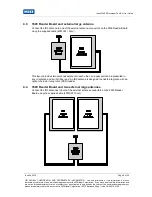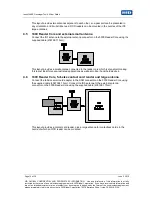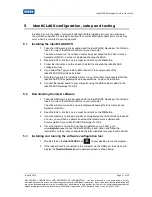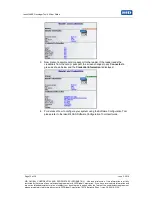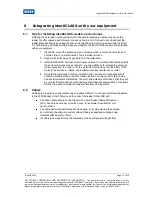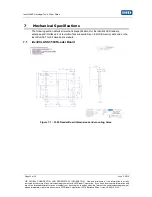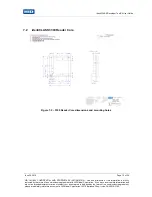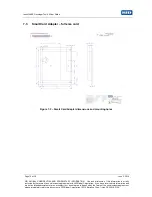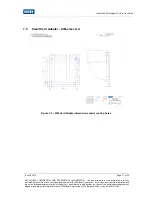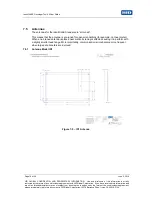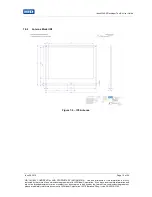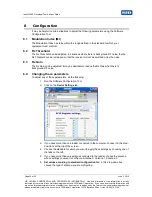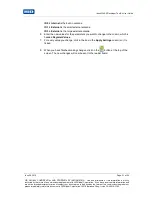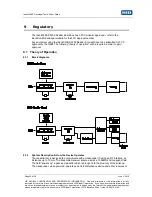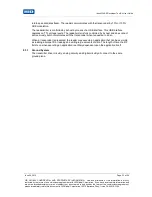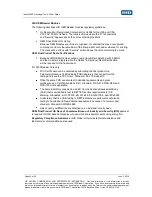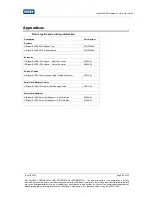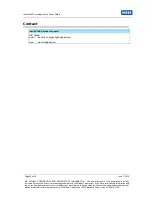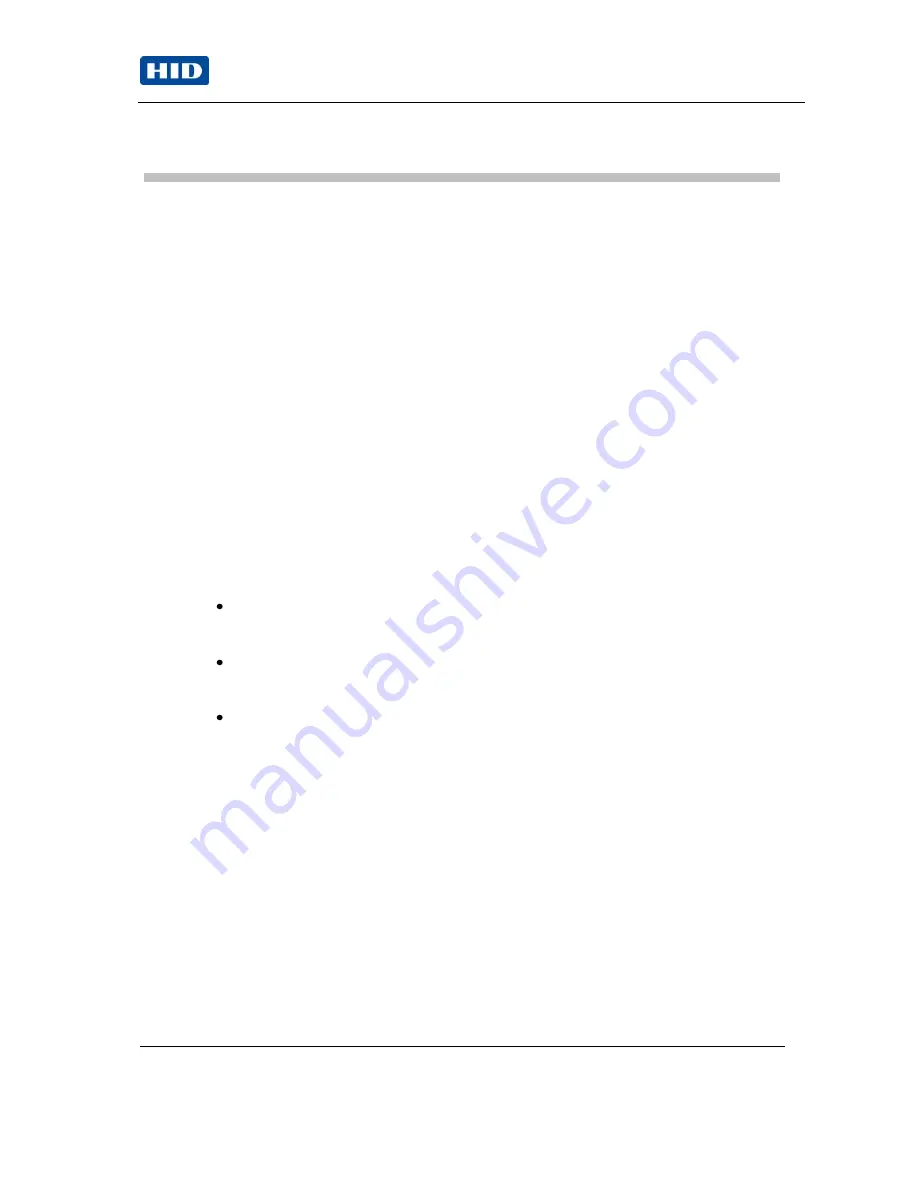
June 28, 2010
Page 13 of 26
HID GLOBAL CONFIDENTIAL AND PROPRIETARY INFORMATION. Use and disclosure of this information is strictly
restricted by the terms of a non-disclosure agreement with HID Global Corporation. If you have received this information and
are not an intended recipient or are not subject to or do not agree to be bound by the terms of the non-disclosure agreement,
please immediately return this document to HID Global Corporation, 15370 Barranca Pkwy, Irvine, CA 92618-3106.
identiCLASS Developer Tool Kit User Guide
6
Integrating identiCLASS with your equipment
6.1
Tips for installing identiCLASS readers and antennas
Installing the antennas in surroundings which have metal anywhere nearby may cause the
reader to suffer reduced performance, or even not work at all. It is best to set up and test the
reader/antennas before enclosing them so you know they are working, as described in section
5. The following guidelines will help when you integrate the identiCLASS readers and antennas
with your equipment.
1. If possible, mount the antennas in an enclosure which is not made of metal, and
contains little or no metal inside. This is the ideal solution.
2. Keep metal as far away as possible from the antenna(s).
3. Install identiCLASS and test it in its new enclosure. If it worked when tested outside
the enclosure, but now does not work, you need either a) to relocate the antennas
further away from the metal, or b) to use ferrite material to cancel the effect of the
metal in the enclosure. Ideally, use a different enclosure without any metal.
4. Using ferrite material is a matter of trial and error. Ferrites are magnetically soft
ceramic materials which consist of mixed crystals, or compounds, of ferric oxide
and another bivalent metal oxide. The main characteristic of ferrites is that they are
a poor electrical conductors while having a high magnetic permeability. This allows
ferrites to be used to shield the reader‟s field from nearby metal.
6.2
Cables
Cables are provided to connect antennas to readers (150mm), to connect smart card adapters
to the 3300 Reader Core (150mm) and to connect the reader to the USB port.
The ribbon cable should not be folded with a hard crease (radius defined at <
3mm) like a piece of paper more than once; for example if creased at 1mm
never unfold it.
The cable performs best if placed in free space. To avoid detuning the antenna,
do not attach the cable to a metal surface. Observe capacitive couplings near
metallic surfaces: within 10mm.
If a cable is damaged it must be replaced by the exact type and length item.


